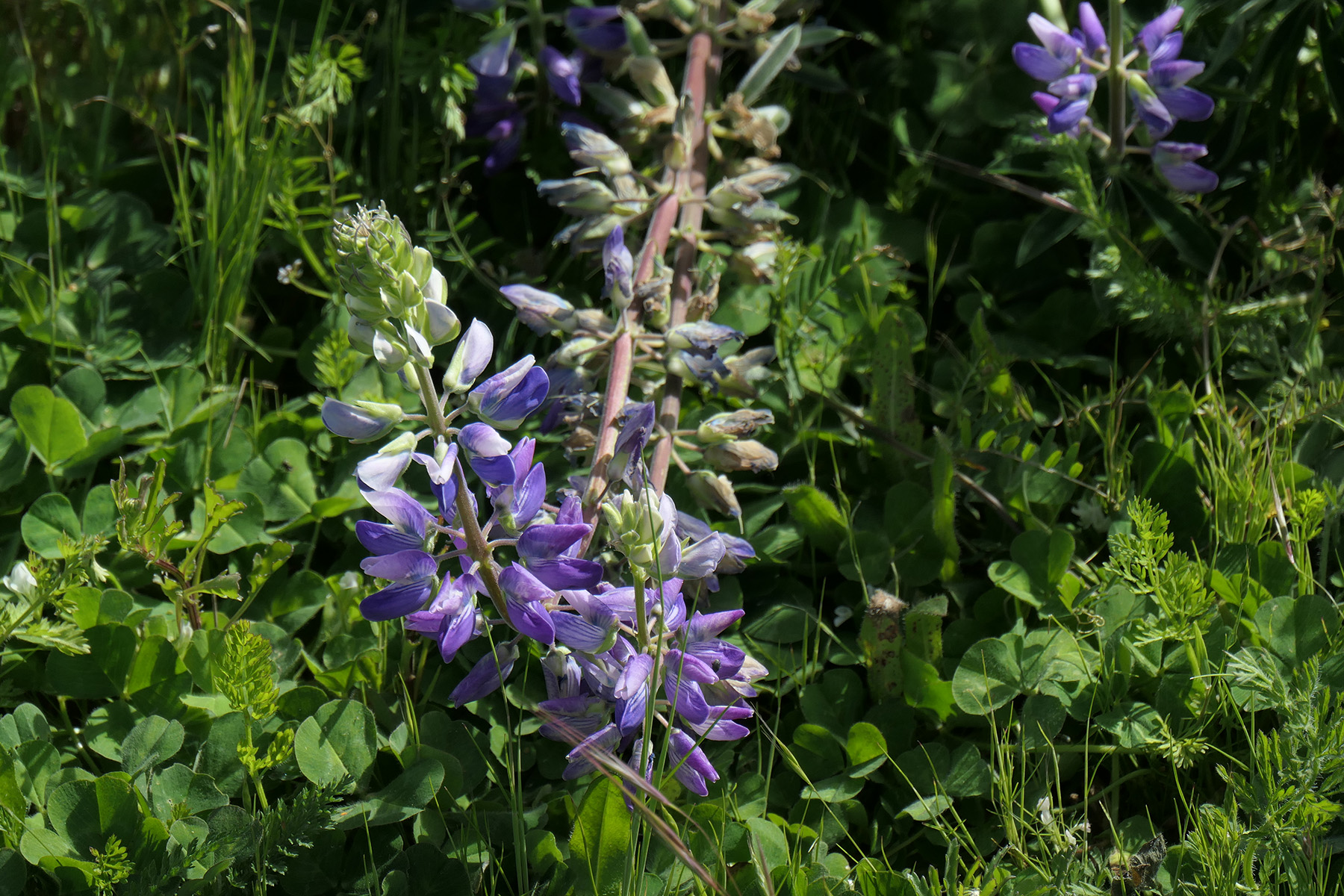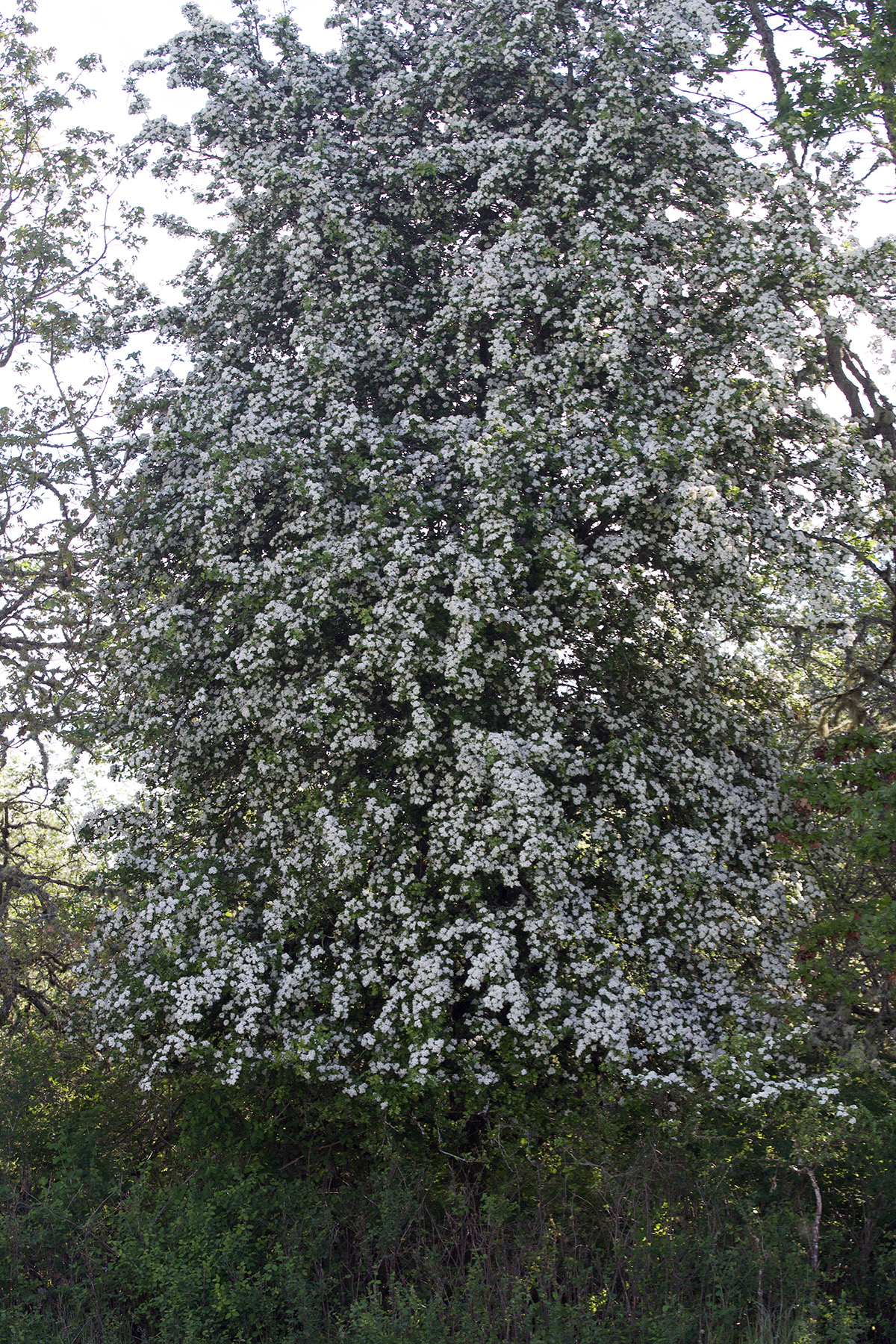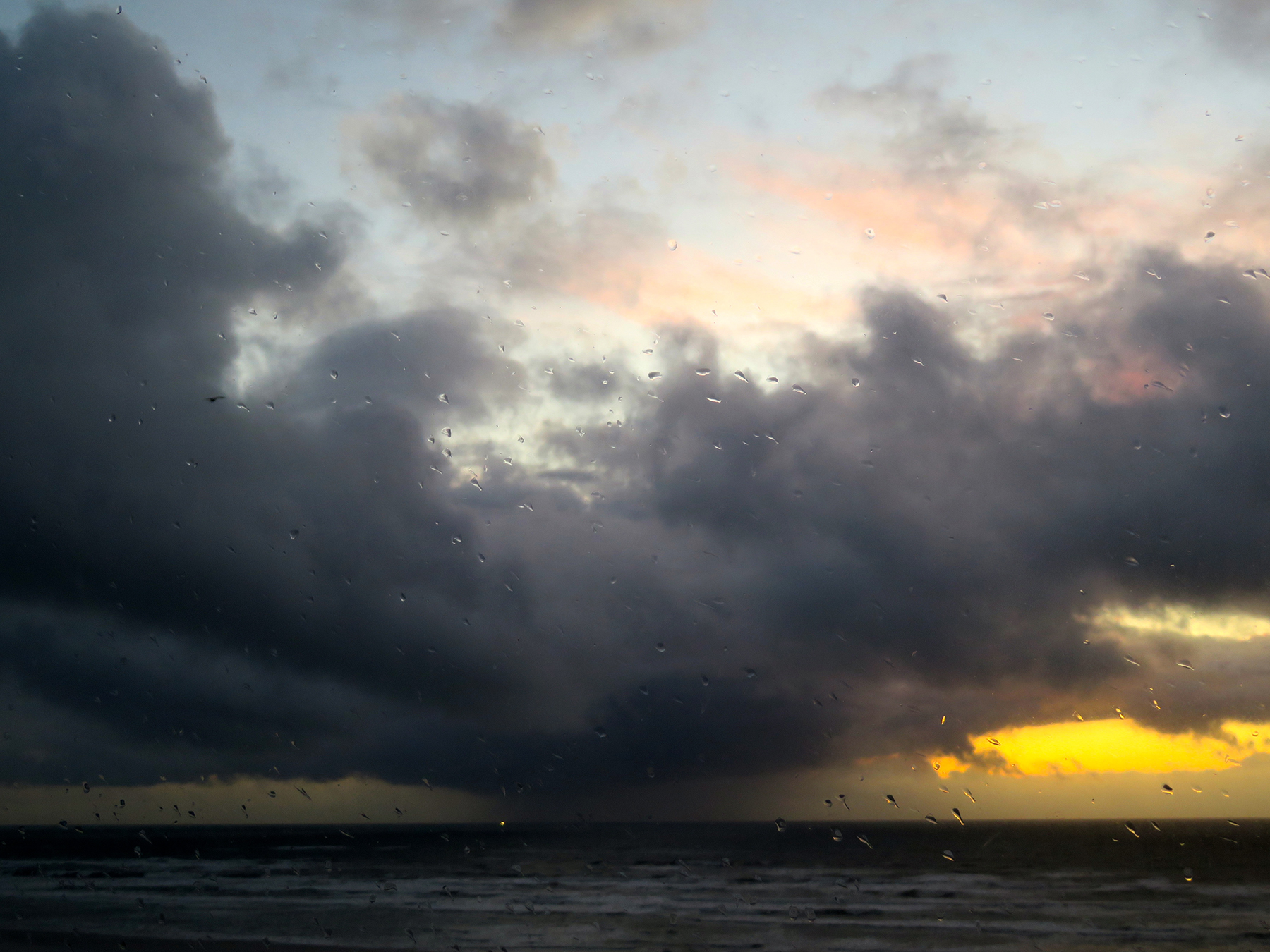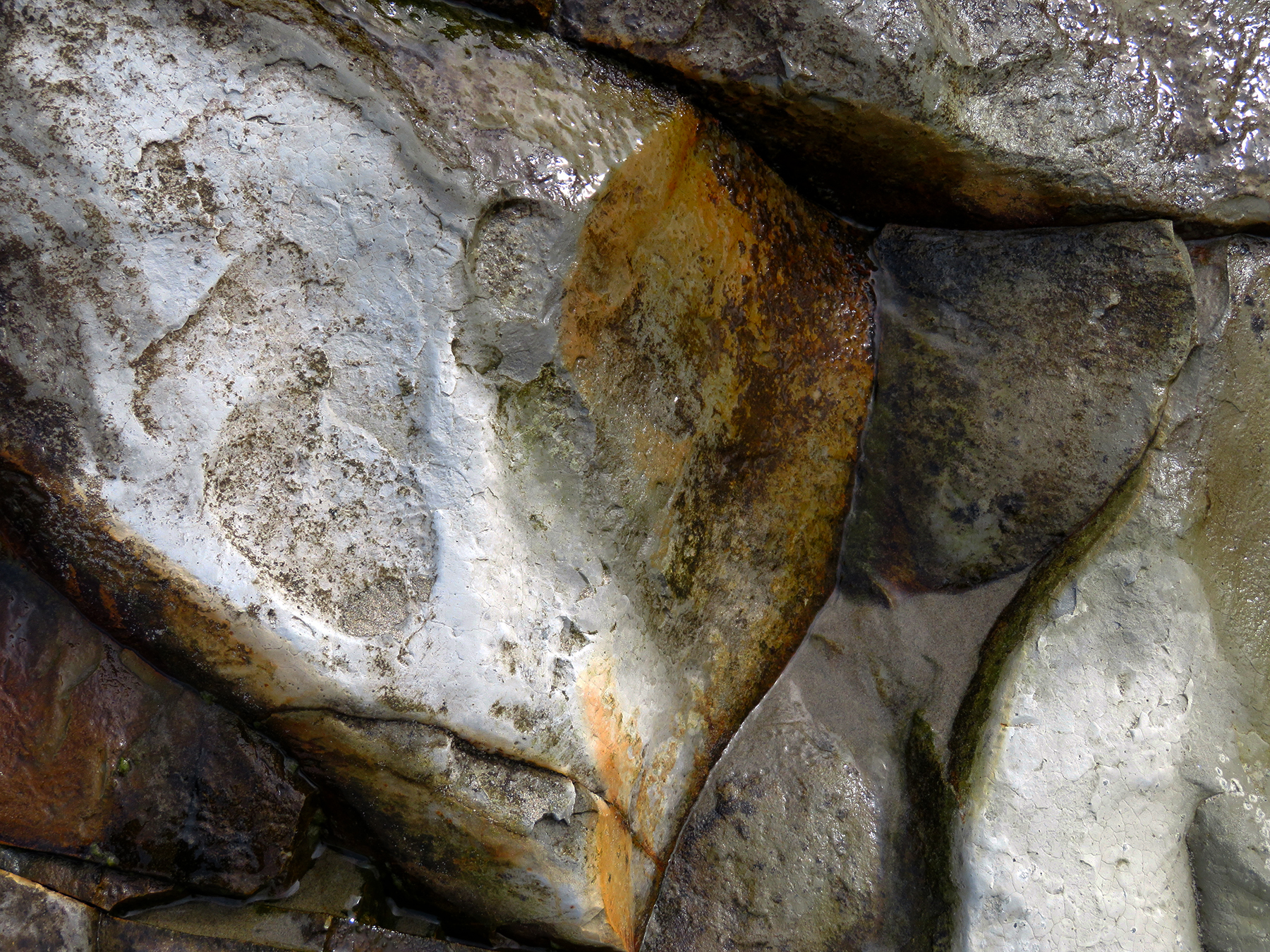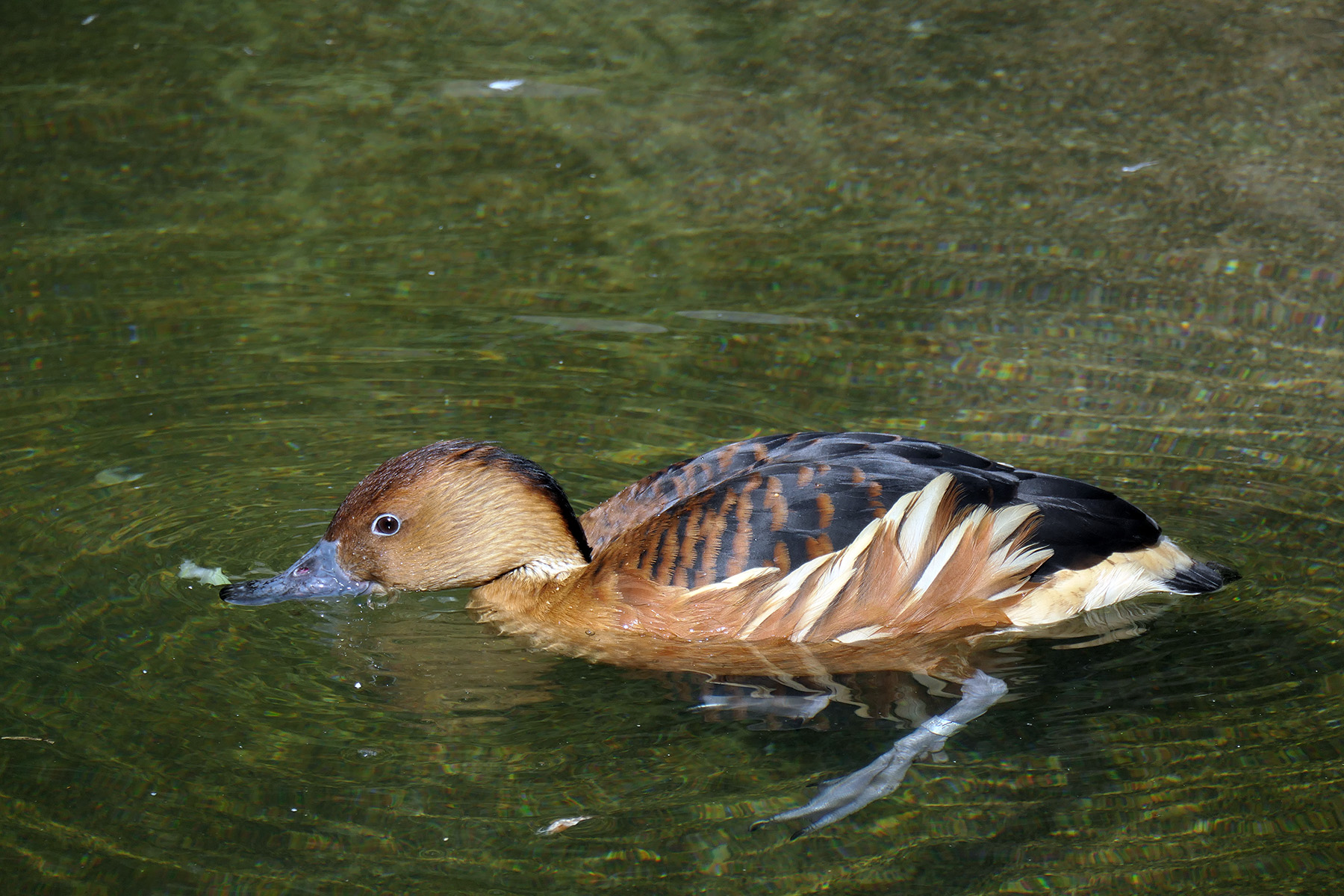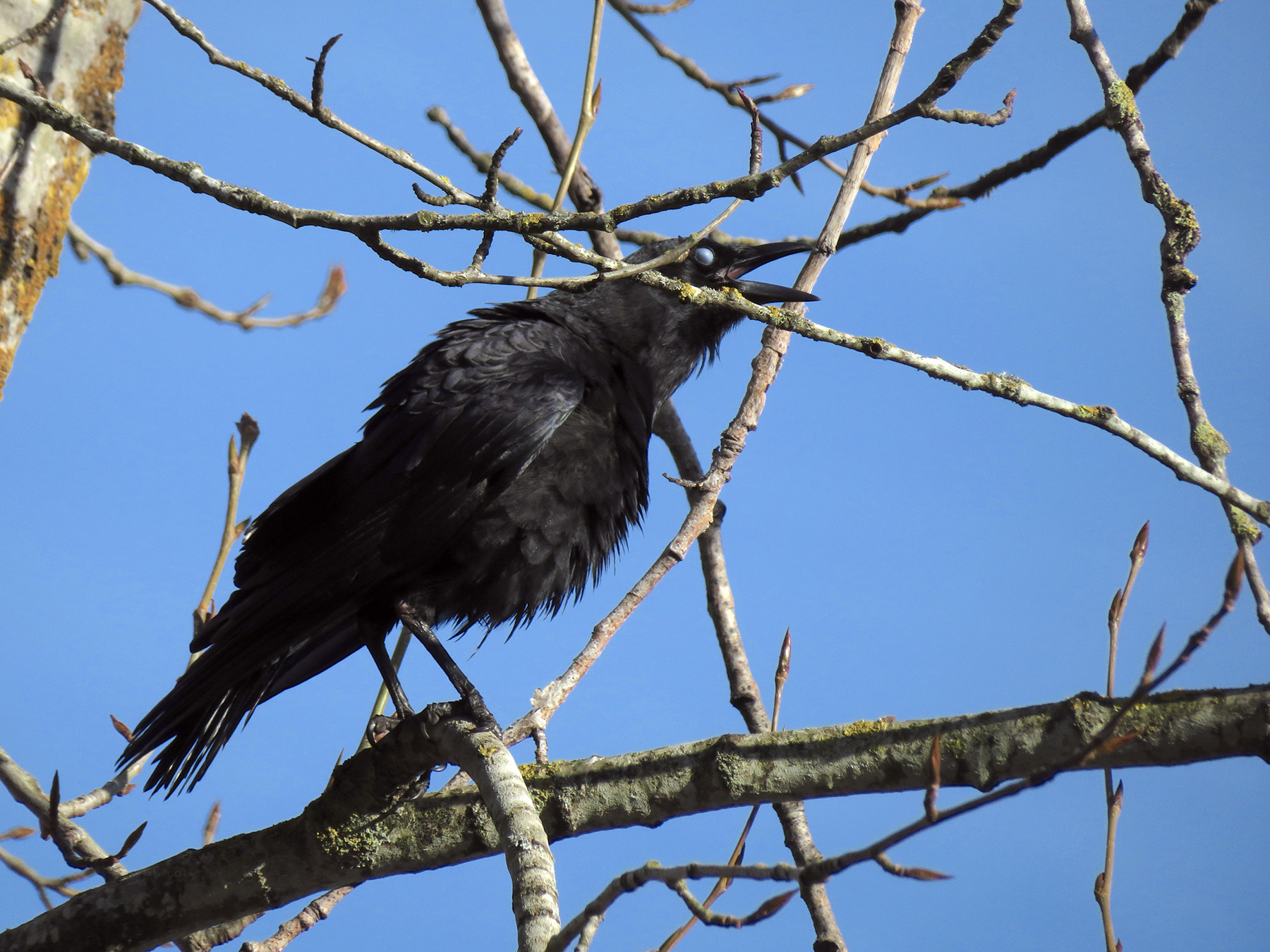“The poor soul sat sighing by a sycamore tree,
(Sing all a green willow, willow willow willow,)
With his hand in his bosom and his head upon his knee.
(Oh willow, willow, willow
Shall be my garland.)
He sighed in his singing and made a great moan…
I am dead to all pleasure, my true love she is gone…
The mute bird sat by him was made tame by his moans…
The true tears fell from him, would have melted the stones…
Come all you forsaken and mourn you with me…
Who speaks of a false love, mine’s falser than she…
Let love no more boast her in palace nor bower…
It buds, but it blasteth ere it be a flower…
Though fair and more false, I die with thy wound…
Thou hast lost the truest lover that goes upon the ground, sing…
Let nobody chide her, her scorns I approve…
She was born to be false, and I to die for her love…
Take this for my farewell and latest adieu…
Write this on my tomb, that in love I was true…”
Othello, 4.3


You’d probably figured out there would be no happy ending after you listened to Desdemona and later her maid sing this song, even if you never heard of Othello before. Shakespeare really knew how to punish with willow: In Hamlet, Ophelia falls to her watery death when the willow branch she had been sitting on, gives up its ghost. In 12th Night Viola moans about unrequited love with reference to willows.
Willows have been prominent in mythology – Hecate was the goddess of the willow and the moon, Apollo’s harp was made of willow wood, Orpheus carried willow branches during his travels in the underworld. They also played an important role in literature, both in Western Europe, Russia and China where they were seen as a symbol of immortality and renewal.



They were adored by individuals for whatever reason – Napoleon, for example, sat forever under his beloved willow tree in exile on St. Helena and eventually was buried under it. (It is claimed that a clone of this very tree now lives next to I-5 in Seattle, in fact has done so for 135 years, which is weird in itself given that willows don’t live long, 30 years on average. Here is the full story of how a tree migrated from France via San Francisco to Washington state.)
Most people think of willows as weeping willows, those gracious, voluminous trees that you don’t want to be near when they crack and fall over, which they do with regularity….
I am more fascinated by the regular straight or bushy ones, who grow faster than most plants on earth (some up to 30 meters high!), don’t mind having wet feet, and act as a local pharmacy to deer who make use of the painkiller in their bark, and people who have used their bark as medicines since Etruscan times. (I’m too lazy to get up right now and photograph it, but a self seeded willow in my yard needed a protective wrap recently, because the deer rubbed their itchy antlers to get to the aspirin-like compound in it, completely destroying the trunk’s bark.)



Yes, aspirin. Well, salicin (named after Salix, the genus name of the willow tree), which formed the basis of the discovery of aspirin. To this day there are conflicting opinions who actually deserves the honor of having invented it in 1890, but it made a fortune for Bayer, the German pharmaceutical company and is now the most sold drug in the world. Was it the head of the pharmaceutical division, which was responsible for developing new drugs, the chemist working for that division (who invented heroin use a few months later), or the head of the pharmacology section, which was responsible for clinical trials? Here is a fun read about the history.
In addition to its medicinal value – Native Americans called willows the toothache tree – it has many practical functions: great for weaving baskets, perfect for making charcoal for drawing, paper pulp, and daub-and wattle structures.

And in the conflict department: in many countries, particularly England, they now use new adaptations of traditional methods. Willow cuttings are rooted and woven into a living fence on the riverbank, provide highly effective erosion control at a low cost, using a renewable and biodegradable material. Scientists also work on finding ways to use willows in biofiltration systems to purify water.
In Australia, on the other hand, most willow species are termed weeds of national significance. Their invasive nature, causing flood and erosion along stream beds, reducing water quality and amounts of available oxygen to aquatic plants, their water uptake being humongous, all threaten stream health. Much legislation is planned or enacted to control spread and eradicate the “infestation.”

It’s never easy, is it? In ecology they are seen as good and bad actors. In literature they signify death and renewal. Their medicinal properties, known for 3500 years, are exploited by patents. And in my garden they attract these bucks soothing their antlers by rubbing the bark only to go on and eat every flower in sight. I am so done with the deer….

It is, however, easy to revel in the willow trees’ beauty. Stark shadow play in the wintry season, bright, earliest green in the spring, lightening up the groves. Dotted with the most delicate signs that renewal is upon us. Makes my head ache less simply by looking at them, rather than chewing their bark!



